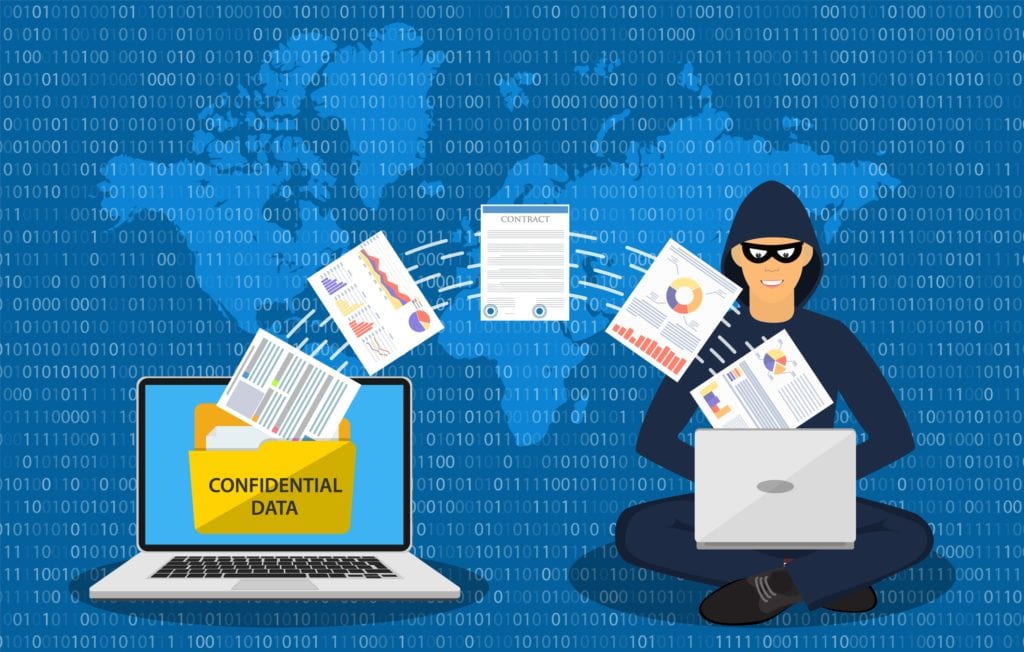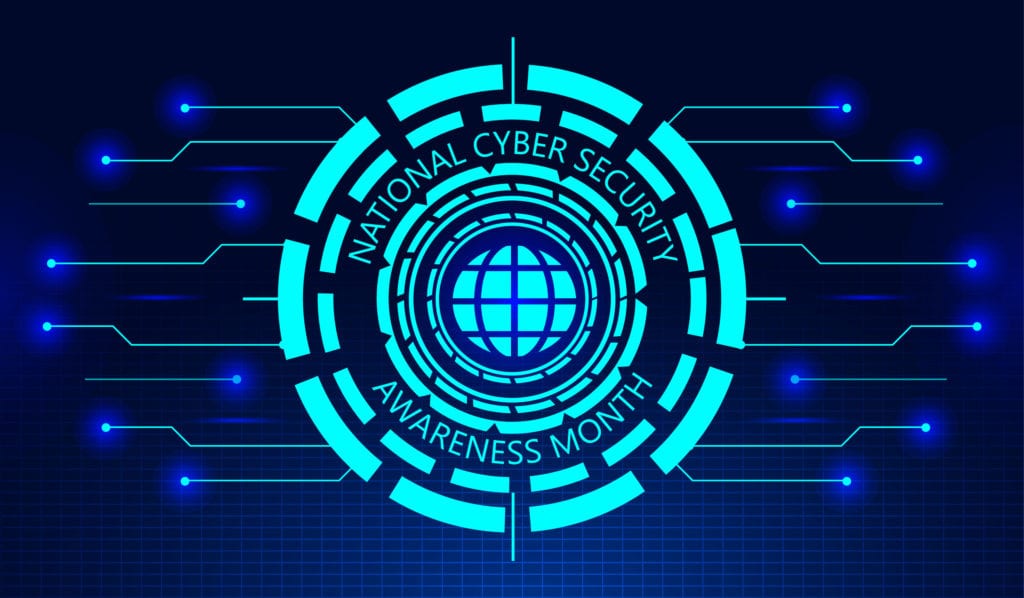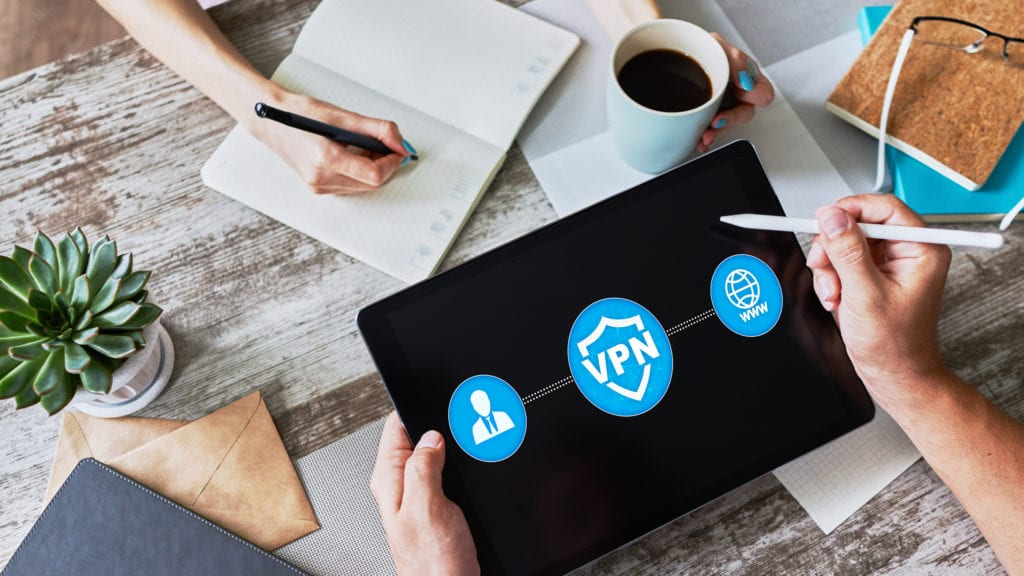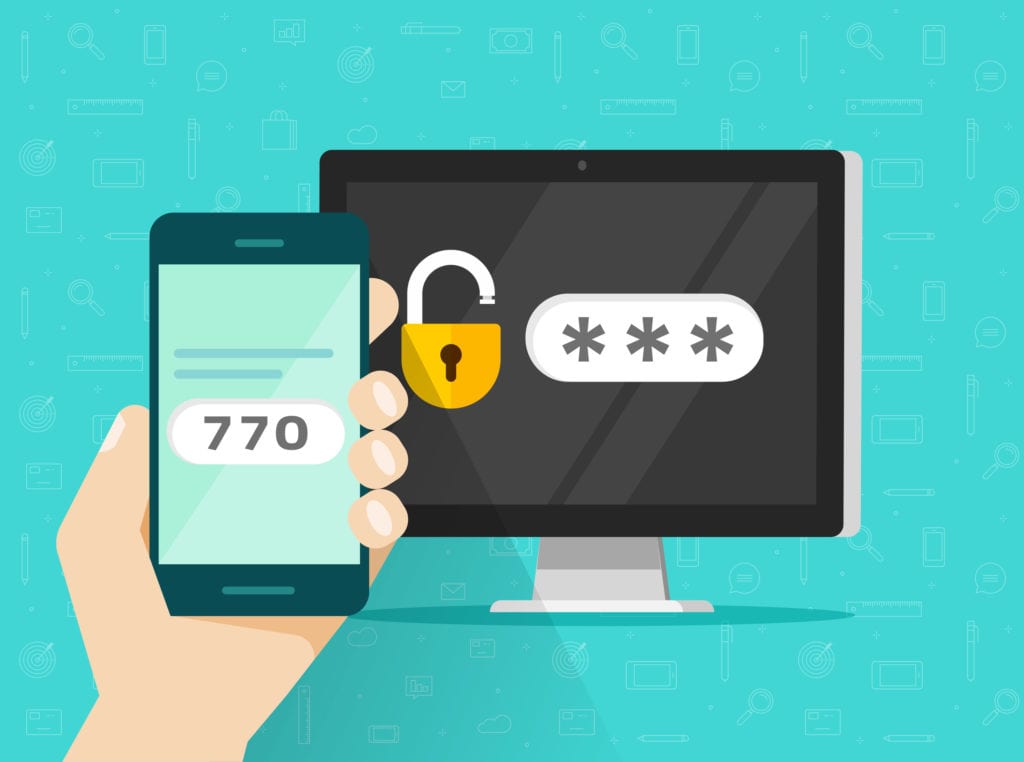
We’re heading into the last quarter of the year and it’s time to start thinking about deductions for your 2020 business taxes. [Read more…]
by Tom Bull

We’re heading into the last quarter of the year and it’s time to start thinking about deductions for your 2020 business taxes. [Read more…]
by Tom Bull

Phishing is one of the most dangerous cybersecurity threats because it’s the delivery system for multiple attack types, including ransomware, spyware, viruses, trojans, and more. [Read more…]
by Tom Bull

Every year since 2004, October has been a month where cybersecurity receives additional emphasis. National Cybersecurity Awareness Month (NCSAM) was started by the Department of Homeland Security’s cybersecurity division and the National Cyber Security Alliance to help Americans stay safe online. [Read more…]
by Tom Bull

One of the biggest parenting challenges that today’s generation of parents have to grapple with is how to control how much of the outside world their children are exposed to through the internet. Another one is securing their future. You can now help your child save for their education or a first home from an early age with a stocks and shares like the ones at thechildrensisa.com.
[Read more…]
by Tom Bull

We used to just have one device that we used for surfing the web, accessing software, and other computing tasks… our good ole trusted computer. [Read more…]
by Tom Bull

When purchasing a new computer, you want to look beyond the price tag and also think of longevity. [Read more…]
by Tom Bull

One of the cybersecurity protections that you may have heard more about during the pandemic is a virtual private network (VPN). The shift to remote workers has many companies looking for ways to keep their data connections secure, and a VPN is one way to do this. [Read more…]
by Tom Bull

Using the cloud for file storage has a lot of advantages. It makes it easy to access your files from anywhere, can save you if you have a hard drive crash, and makes migrating from an old computer to a new computer setup much easier. [Read more…]
by Tom Bull

Several factors have caused credential theft to become one of the major causes of data breaches, and one that’s a rising threat. It’s used in about 77% of all cloud account breaches because it gets hackers past stringent account security that keeps them from breaking in another way. [Read more…]
by Tom Bull

All Wi-Fi is pretty much the same, isn’t it? No, not by a longshot. There are some distinct differences between different types of Wi-Fi setups that can impact speeds, device handling, range, and more. [Read more…]
